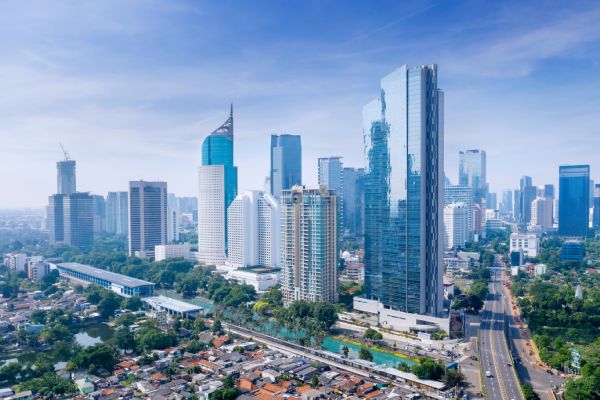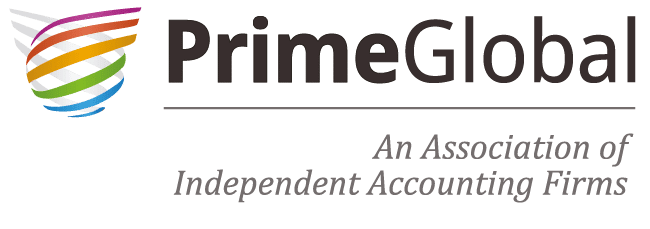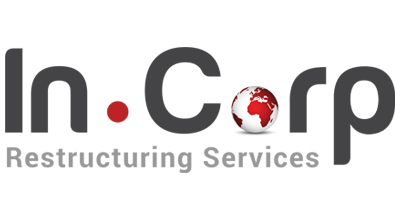Governance Structures: Ensuring Accountability in BRSR Compliance

Governance Structures: Ensuring Accountability in BRSR Compliance
Corporate governance ensures systemic integration of ESG into business operations: Know how effective governance drives BRSR compliance and ESG performance
- Last Updated
As India Inc progresses toward Prime Minister Narendra Modi’s net zero goal of 2070, corporates are committed to demonstrating their support and cooperation in achieving sustainable goals. The revised BRSR framework incorporating BRSR Core attributes mandates the top 1000 companies by market capitalization to disclose additional matters. Additionally, the listed entities are required to report the ESG performance of their Value Chain Partners in the newly introduced BRSR Core format. Additionally, the extended applicability of the BRSR Core framework requires value chain partners of these listed entities to comply with enhanced ESG standards. This broadens the scope of ESG compliance across a wider range of entities. It has become imperative for companies to align their business operations with responsible practices across their value chain as set by the regulatory bodies.
Good Governance, Guarantees Accountability in BRSR Compliance
Good corporate governance ensures systemic integration of ESG into business operations. Governance body being at the helm of the organization leading the integration of ESG performance into their decision-making to create an overall positive impact. Implementing combined and balanced initiatives across the three pillars of ESG will not only ensure positive financials but also ensure long-term sustainability of the organization.
It is the governance body that determines the creation of culture and the participation of other stakeholders in its vision. This aptly captures the role of governance in guiding the business towards bringing transformative change that establishes long-term sustainable growth of the organization.
BRSR, the Indian ESG Framework, puts the onus on the governance body to oversee the implementation of responsible business practices and ESG initiatives within the organization. Section B, ‘Management and Process disclosures’, of the BRSR requires disclosures from the organizations that structures, policies, and processes have been put in place towards adopting NGRBC Guidelines and its Core elements. All aspects of the organization should be monitored by the board. Monitoring is an independent verification of performance.
Governance Structure

Related Read: How to Choose Right ESG Reporting Framework for Business
A well-defined governance model is essential for organizations aiming to drive purposeful outcomes and meaningful impact. Such a model provides a systematic framework to effectively address and manage ESG-related impacts, risks, and opportunities.
The below exhibit showcases various activities that can be assigned to department heads to inculcate the ESG culture across the length and breadth of the organization’s presence.
To ascertain and clearly outline accountability in BRSR compliance, mechanisms are set up within the organization structure to enhance value creation and outcome. This includes the Board of Directors, Board Committees, Executive or Management committees, and working-level operational teams.
Role of Highest Governance Body in BRSR Compliance
The Board of Directors is the apex governance body that has a primary decision-making role in the management of an organization. They have the supreme role of determining and prioritise the key material issues, setting goals and targets, identifying the KPIs to measure performance and taking corrective action against deviations to achieve the organizational goal.
Business Responsibility and Sustainability Reporting Empowers the Board to Drive ESG Culture
The board plays a pivotal role in ensuring ESG compliance and integrating a responsible culture. In implementing responsible and sustainable practices and taking ESG initiatives, the board’s role encompasses the following:
1. Alignment of the Organization’s Policies with NGRBC Principles and Core Elements
The policies lay down the overall guiding principles and is essentially the rulebook to work towards organizational goals. The Key Performance Indicators (KPIs) across the nine principles of BRSR are the performance metrics of an organization’s ESG initiatives. Through BRSR, the organizations are required to map their board-approved policies with each of the principles to determine how the core elements of the NGRBC guidelines are incorporated in company policies.
2. Assigning Responsibility and Accountability
Governance structure with clearly defined roles and responsibilities ensures a proper accountability architecture. BRSR companies are required to disclose the ultimate authority responsible for ESG oversight to ensure accountability. Proper allocation of roles and responsibilities as stipulated in the ESG Charter can help in establishing ESG Strategy, setting goals and targets, and monitoring performance against targets.
3. Integration of ESG Considerations into Decision-Making

Related Read: The Ultimate Guide to EcoVadis Certification
Board and board committees have the utmost responsibility in establishing ethical and responsible business practices. By bringing an ESG perspective into strategic investment decision-making, the governance body can take a pragmatic approach to the adoption of sustainable ways of doing business. From taking measures to combat climate change and creating a positive environmental footprint, which are capital-intensive decisions, they have a critical role in setting up Standard Operating Procedures (SOPs) to reduce Greenhouse gas (GHG) emissions and energy consumption. The good practices adopted by the management and reported through the BRSR framework in relevant principles help boost the non-financial scoring and rating of the organization and builds the company’s reputation.
4. Performance and Compliance Review and Reporting KPIs
Perioding review and monitoring of ESG performance by those charged with Governance (TCWG) keeps a check on the deviations and shortcomings. This also helps to implement changes and make amendments to improve the results and make appropriate decisions.
5. Training and Capacity Building
In BRSR, companies are required to report training and awareness sessions on the nine principles imparted to the board, KMP, and other employees of the organization. Through proper training and capacity building, the TCWG can instill good work culture and enhance social well-being in the organization.
6. Stakeholder Engagement and Materiality Assessment (SEMA): Mitigating Risk and Maximising Impact
To stay relevant and sustainable, the management must be aware of the impact of its products and operations on the stakeholders and environment. For this, it is imperative for TCWG to stay connected and frequently engage with the stakeholders to receive feedback and gather inputs on ESG matters. This helps the company in making the right decisions.
Materiality Assessment is to identify the material ESG issues that can have a financial impact in the short, medium, or long term of the organization. Prioritizing critical issues in decision-making to mitigate the risks and establishing goals and targets towards ESG performance is important for business continuity and the creation of a positive impact.
7. Long-term Value Creation

Related Read: The Rise of BRSR Reporting in India: Key Challenges, Implications and Strategies for Businesses
Business runs on the going concern concept and any contingent material event can have a negative financial impact or put the reputation of the organization at stake. The governance body is therefore bound to be mindful of its activities and decisions. They are accountable for ensuring compliance to avoid unnecessary costs and claims on the company.
The board of directors must proactively participate in ESG implementation to promote responsible practices, build stakeholder trust, and position the organization for sustained success. Thought leadership is the foundation for long-term value creation.
Role of Management Committees in BRSR Compliance
Management is the operational arm responsible for execution and implementation to achieve the defined objectives of the organization. Hence, performance is the responsibility of operational management. However, governance and management are interdependent and regularly interact to come to a strategic decision.
Sound Governance Driving Sustainable Growth
Today, ESG compliance is not just a mandatory tick-box exercise. Companies understand the importance of conducting business sustainably and responsibly. Effective governance plays a crucial role in taking effective ESG initiatives within a company. It has now become the prerogative of the senior management to revamp al structures to adjust according to the array of new roles and responsibilities.
Principle 4 (Oversight) of ISO 37000:2021 says
“The governing body should oversee the organization’s performance to ensure that it meets the governing body’s intentions for, and expectations of, the organization, its ethical behaviour and its compliance obligations.”
Conclusion
Governance structures play critical role in ensuring ESG compliance and overall integration of good sustainable practices within the organization. It outlines a comprehensive approach that includes aligning policies, assigning responsibilities, integrating ESG into decision-making, engaging with stakeholders, and monitoring performance. This involves a holistic understanding, which positions the governance body as a driver for sustainable growth and long-term success.
To enhance the governance structure, it is recommended to conduct regular assessments to identify areas for improvement. Establishing clear communication channels, defining key performance indicators, and fostering ethical behavior are crucial elements. Moreover, periodic training sessions for board members and executives can ensure they stay abreast of evolving practices in governance. Embracing technology for transparent reporting and fostering diversity within governance bodies are also essential for a well-rounded and adaptive governance structure. Through continuous evaluation and refinement, organizations can fortify their governance framework, fostering resilience and sustainability.
Why Choose InCorp Advisory?
InCorp Advisory provides a complete ecosystem and support for your BRSR needs. Our team of experts conducts a 360-degree assessment to identify and highlight potential risks and opportunities which can arise with BRSR reporting. Our clients range from listed companies to investors as we assist them not only to improve their ESG reports but also help create valuable investments. To learn more about BRSR Reporting or ESG services, you can write to us at info@incorpadvisory.in or reach out to us at (+91) 77380 66622.
Frequently Asked Questions (FAQs) About Governance Structure
Governance Structure essentially outlines the roles, responsibilities, and accountability between different individuals and groups of people by proper delegation of authority. This might include Board of Directors, Board Committee, Management Committee, Executive/Working Committee, Department Heads, team members, etc. Such governance ensures proper accountability mechanisms, transparency and fairness in the decision-making process, proper execution of policies and processes, and smooth flow of communication. The setting of duties and responsibilities contributes to ESG integration throughout the organization.
BRSR is the Indian ESG Framework which is driving responsible and sustainable practices within business practices. The tone of sustainable culture is driven by the governance body which sets the foundation of compliance, ethical practices, code of conduct, corporate governance. BoD which is the apex governance body sets up, measures, monitors and implements strategic decision making with ESG embedded in business strategy.
Governance structure should be designed to ensure proper division of roles and responsibilities. Based on the nature and size of the organization, the governance framework can be formed. The BoD is the highest governing body with ultimate decision-making authority. Board Committees and sub-committees comprising the functional heads assist the Board in monitoring and reviewing performance against metrics for long-term value creation.
The governance body can contribute to long term value creation by keeping itself informed about dynamic changes through regular capacity building and upskilling. Through proper stakeholder engagement, governance body can understand the impact of business operations and can effectively take decisions to mitigate risks and create value.
The governance body being the topmost authority understands the impact and influence of stakeholders to determine the material issues that have short, medium, and long-term impacts. The governance body facilitates proper identification of material factors and measurement and monitoring of KPIs to track ESG performance, mitigate risks and focus on issues that create positive impact with long term value creation.
Share
Share







































































